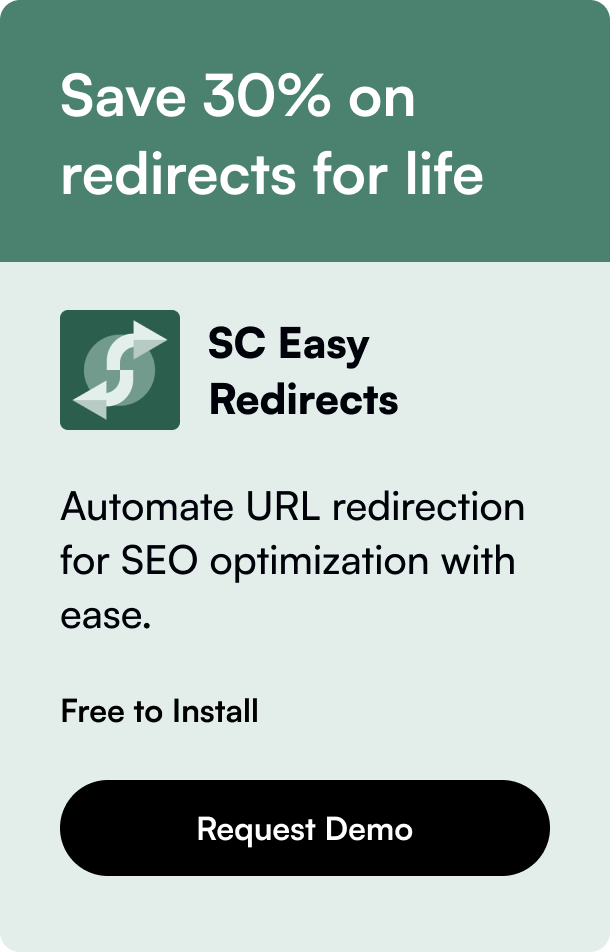Table of Contents
- Introduction
- Why Combine Shopify and WordPress?
- Setting Up Shopify and WordPress
- Embedding Shopify Into WordPress
- Advantages of Using Plugin Solutions
- Conclusion
- FAQ Section
Introduction
Are you pondering the culmination of the powerful e-commerce functionality of Shopify with the flexibility and content-rich prowess of WordPress? If so, you're not alone. This combination is a formidable force in the digital marketplace, offering the best of both worlds - Shopify’s robust e-commerce capabilities seamlessly integrated with WordPress's unparalleled content management system.
In this comprehensive guide, we delve into the intricacies of leveraging Shopify within a WordPress environment. Whether you're an aspiring entrepreneur or an established business looking to expand your digital footprint, we'll navigate you through the synergy of Shopify and WordPress.
From setting up your Shopify store to embedding products on your WordPress site, this post covers all bases. We also touch upon why this integration matters, empowering you to create a dynamic online presence that captivates and converts.
Why Combine Shopify and WordPress?
Integrating Shopify with WordPress allows you to exploit the stellar e-commerce features of Shopify alongside the supreme content management capabilities of WordPress. This seamless integration enables:
- Enhanced Flexibility: Customize your site's appearance and functionality without limitations.
- Robust E-commerce Features: Utilize Shopify's secure checkout, inventory tracking, and extensive payment gateway options.
- Content-Rich Site: Leverage WordPress for compelling blogs and engaging content that drives SEO.
- Simplified Management: Manage your e-commerce engine and content from unified platforms without compromising on functionality.
In essence, this integration is about combining strengths. Shopify shines in e-commerce, handling everything from payments to logistics with ease. WordPress, on the other hand, excels in content management, offering unparalleled flexibility in design and functionality.
Setting Up Shopify and WordPress
To kickstart this integration, you’ll firstly need an operational Shopify store and a WordPress website. Here’s a stepwise guide to setting up both:
- Start with Shopify: Create a Shopify account and populate your store with products.
- Set Up WordPress: Ensure your WordPress site is up and running. Opting for a hosting solution like Bluehost can streamline this process, providing easy WordPress installation and a free domain.
- Integrate Shopify with WordPress: Utilize the Shopify Buy Button or leverage third-party integration plugins to embed Shopify into your WordPress site.
Embedding Shopify Into WordPress
Embedding Shopify into WordPress historically involved directly inserting product codes or using the Shopify Buy Button. However, plugin solutions like ShopWP have simplified this process. Here's a breakdown of utilizing ShopWP for integration:
- Install ShopWP Plugin: This plugin connects your Shopify store with your WordPress site effortlessly.
- Configure and Sync: Within the WordPress dashboard, sync your Shopify products and configure their display settings.
- Embed Products: Utilize ShopWP’s shortcodes or blocks to embed individual products or collections directly into your WordPress pages or posts.
Advantages of Using Plugin Solutions
While direct code insertion offers a certain level of control, plugin solutions like ShopWP bring numerous benefits, including:
- Ease of Use: Setting up is as simple as installing the plugin and syncing your products.
- Customization: Extensive options to customize how your products are displayed within WordPress.
- Up-to-date Sync: Real-time synchronization ensures your WordPress site always reflects the most current product information from Shopify.
Conclusion
Merging Shopify and WordPress offers the best of both platforms, providing an unmatched e-commerce and content management solution. Through careful integration, businesses can harness Shopify's e-commerce prowess and WordPress's content capabilities to create comprehensive, engaging, and profitable online platforms.
Integrating Shopify with WordPress is no longer an arduous task with the advent of intuitive solutions like ShopWP. As you embark on this integration journey, remember, the goal is to enrich your online presence, offering a seamless experience that captivates your audience and converts them into loyal customers.
As we wrap up this guide, consider the synergistic potential of Shopify and WordPress. The integration not only amplifies your online store's capabilities but also significantly enhances your ability to create and manage content that resonates with your audience. Start today, and unlock the full potential of your online business.
FAQ Section
Q: Can I use my existing WordPress theme with Shopify? A: Yes, integrating Shopify with WordPress allows you to retain your current WordPress theme. Plugins like ShopWP enable you to embed Shopify products directly into your existing design.
Q: Is Shopify more secure than WordPress for e-commerce? A: Shopify is inherently secure, offering built-in SSL certificates and PCI compliance. Incorporating Shopify into WordPress means you leverage Shopify's e-commerce security while utilizing WordPress for content.
Q: Can I synchronize my Shopify inventory with WordPress? A: Yes, by using the ShopWP plugin, synchronization between your Shopify inventory and WordPress site happens in real-time, ensuring your product listings stay up-to-date.
Q: Do I need coding knowledge to integrate Shopify with WordPress? A: No, with plugins like ShopWP, integrating Shopify into WordPress requires no coding knowledge, making it accessible for users of all technical backgrounds.
Q: How does this integration affect my SEO? A: Combining Shopify's e-commerce capabilities with WordPress's SEO-friendly content management can enhance your site's overall SEO performance, driving more organic traffic to your store.








